If you know my personal history with Barclays, you may be wondering whether I’m for or against Edward Bramson. To recap, I’m a former second-generation employee of the bank as well as the custodian of a family shareholding that’s never likely to be sold — and nowadays, rather miraculously given everything that’s happened to me and the bank since I left 27 years ago, a recipient of its pension largesse. Bramson, by contrast, is a Johnny-come-lately: a New York-based ‘activist investor’ whose firm Sherborne has become Barclays’ third largest shareholder by building a 5.5 per cent stake, and who is seeking a seat on the bank’s board at next week’s annual meeting. His aim is to demand from inside that Barclays’ investment banking arm should be scaled back in order to generate better returns for shareholders.
Bramson has the scary, chiselled, pale-eyed look of a corporate raider from Holly-wood — but that doesn’t mean he’s wrong. Embattled chief executive Jes Staley declared investment banking to be a pillar of his recovery strategy for Barclays three years ago — with a target 10 per cent return on equity, but barely above 7 per cent achieved so far. In 2017 he appointed Tim Throsby, with whom he previously worked at JPMorgan, to head the division; Throsby embarked on a hiring bonanza that made City headhunters sing, bringing in upwards of 80 expensive new ‘managing directors’ from Goldman Sachs and elsewhere, particularly to beef up securities trading. But Throsby himself — an Australian described as ‘extremely rough’ by one former colleague — left abruptly last month. And now there’s talk of cracking down on pay and bonuses to bring costs back under control; more high-profile departures are expected to follow.
Here we go again, mutter veteran observers who recall the revolving-door turmoil of BZW, where I was an unhappy director. That was Barclays’ first attempt to build a world-scale investment bank in the 1980s and 1990s; it was followed by the dangerous heyday of the second attempt, which was Bob Diamond’s Barclays Capital in the pre-crisis 2000s. Staley’s effort to reinvent Diamond’s empire in this decade has amounted to neither nowt nor summat, as we say in Yorkshire, while investors of a less active bent than Bramson have watched the bank’s share price drift sideways, at a quarter of the peak it hit way back in 2007.
A smaller Barclays, refocused on the retail and commercial activities it used to be so good at, might well perform better than Staley’s attempt to add new polish to the tarnished megabank he inherited. I don’t suppose Edward Bramson cares a jot — as I do — for Barclays’ heritage, or its place in the social fabric, or even its long-term survival. He just wants a turn on his money. But the kind of disruptive shock treatment he’s advocating might be just what tired old Barclays needs.
Hopping Madrail
We should be more than cross about Crossrail: we should be hopping mad. The latest whisper on London’s stalled east-west Elizabeth Line — due to have opened last December as a showpiece of world-class British engineering — is that it might not carry passengers until the spring of 2021 and that more bailout money is very likely to be needed on top of the £2.8 billion so far added to the original £14.8 billion of funding. The major holdup is that ‘dynamic testing’ is ‘proving more difficult than was first thought’, because software on the new trains won’t connect reliably with three different signalling systems along the line from Reading to Shenfield.
Meanwhile the stations remain uncompleted, presumably because there’s no point straining the cashflow to finish them before the trains are safe to run. So all we can see, as the project approaches the tenth birthday of its first digging, is a forlorn set of barely active surface building sites.
No wonder there’s talk of ‘the lessons of Crossrail’ being used as a pretext for a politically expedient cancellation of HS2. It’s hard to imagine any other major infrastructure scheme (including the north-south Crossrail 2) being advanced by nervous ministers in the shadow of this fiasco.
It’s all very well slinging mud at Sadiq Khan and the whimpering target of transport secretary Chris Grayling, but the seeds of these problems must surely predate them. We need a robust public inquiry right now, not after 2021, to uncover not only what went wrong right from the design phase but precisely who knew what when, why they didn’t tell their bosses, and why the politicians then didn’t tell the taxpayer and the travelling public. A project we believed would make us proud and transform commuters’ lives has turned into a shame on London and a stain on its professions and contractors. Saddest of all, there’s a rising actuarial risk that the Queen won’t be around to perform the official opening of the line that bears her name.
Glass half full
It’s not much comfort, if you like pubs, that the rate at which they’re closing across the UK has fallen from 138 per month for the past several years to 76 per month in 2018; small consolation too that this is partly the result of a rare example of government policy working — in the form of business-rate reliefs designed to help pubs survive as hubs of community life. But the truth is that having lost more than 11,000 of them since the turn of the century, we’ve also largely lost the habit of spending our spare cash in them. How much better it would be for the economy, for social cohesion, and even for the ozone layer, if middle-class eco–protestors, instead of massing to cause havoc at Oxford Circus, devoted their leisure time and pocket money to putting the world to rights over pints of craft ale and plates of locally grown food in hostelries within cycling distance of wherever they live. From that mellower perspective, they might find the future looked less cataclysmic too.
Got something to add? Join the discussion and comment below.
Get 10 issues for just $10
Subscribe to The Spectator Australia today for the next 10 magazine issues, plus full online access, for just $10.
You might disagree with half of it, but you’ll enjoy reading all of it. Try your first month for free, then just $2 a week for the remainder of your first year.


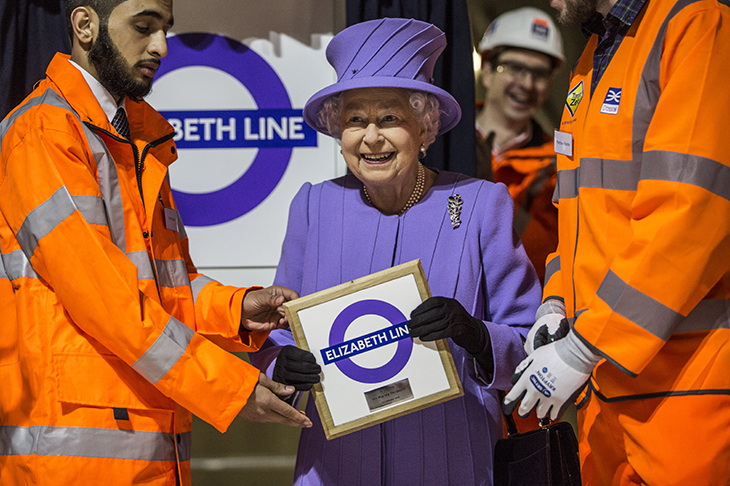
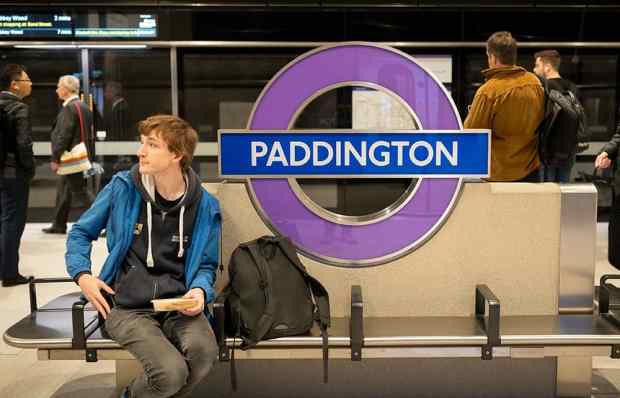
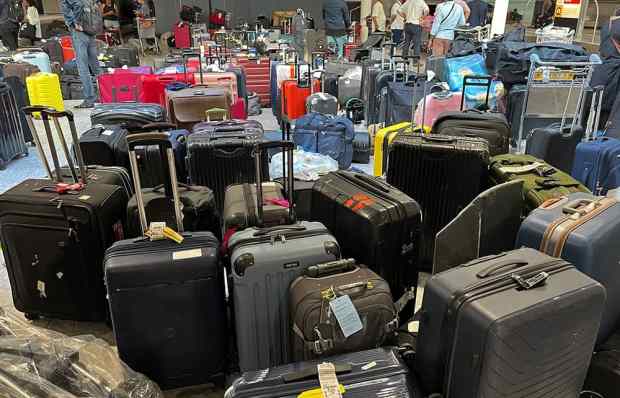
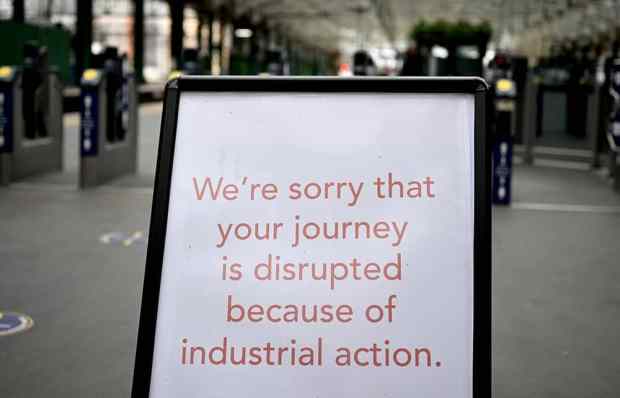
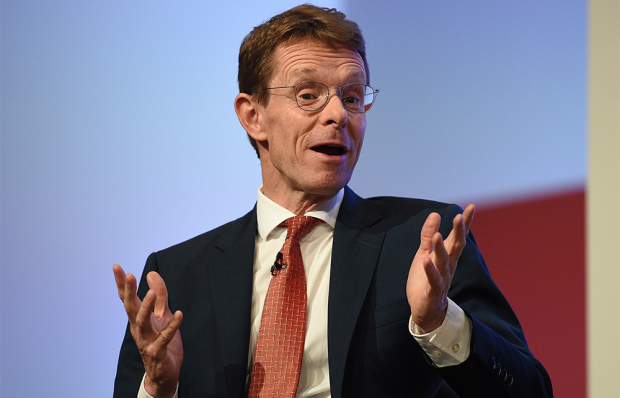
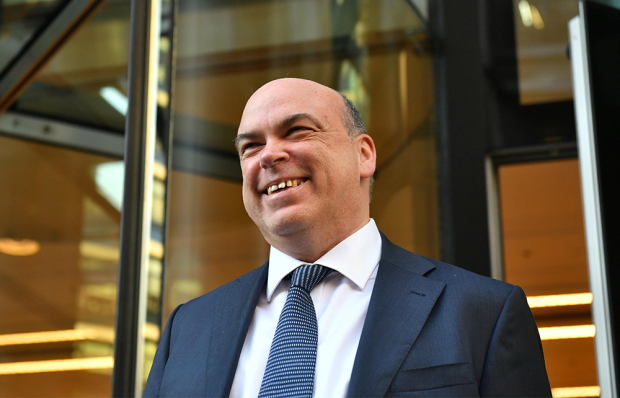
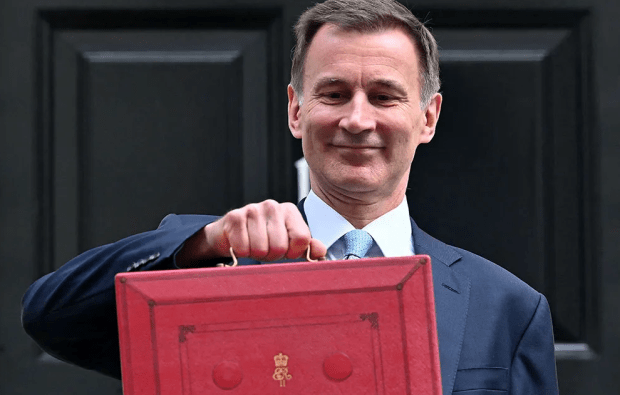






Comments
Don't miss out
Join the conversation with other Spectator Australia readers. Subscribe to leave a comment.
SUBSCRIBEAlready a subscriber? Log in